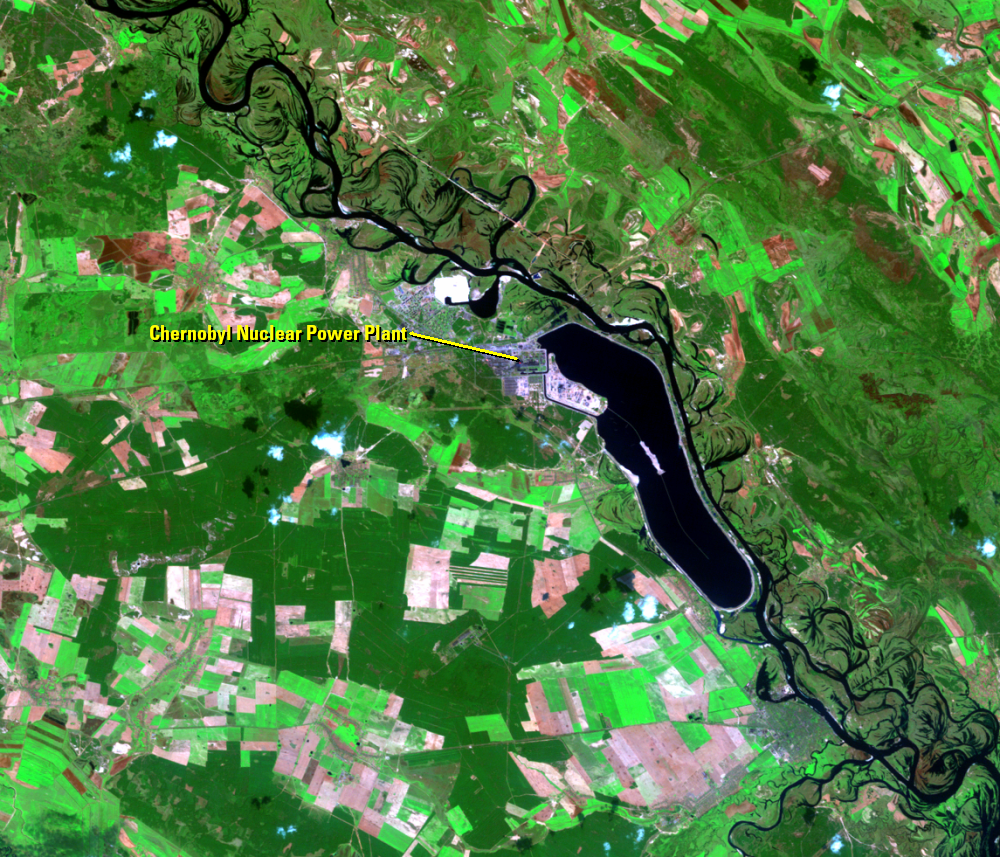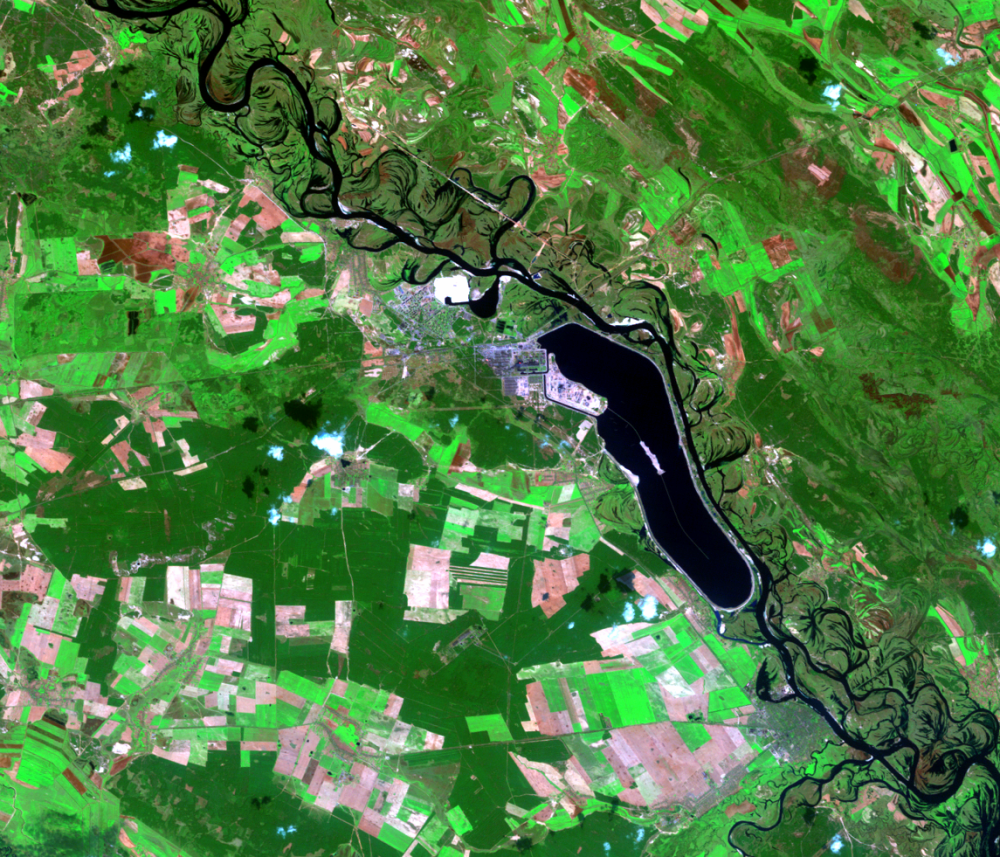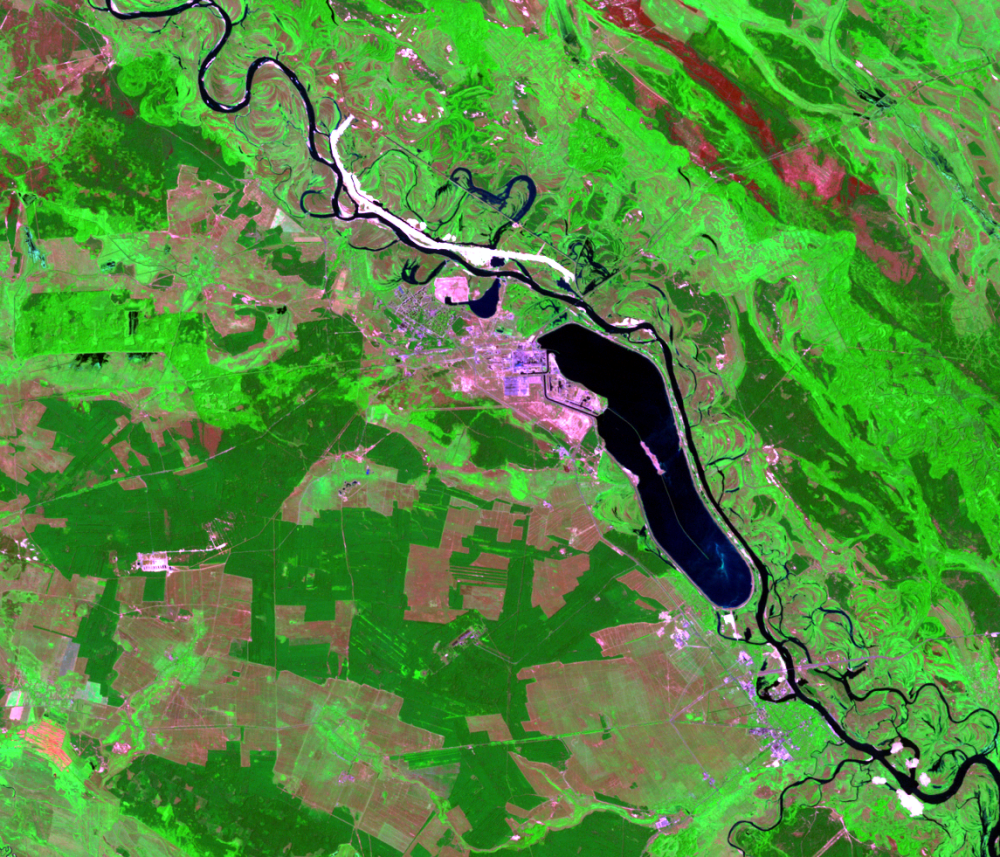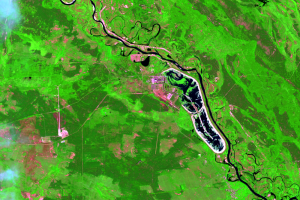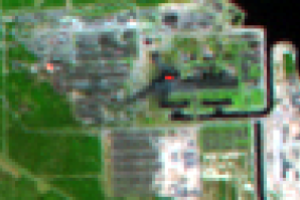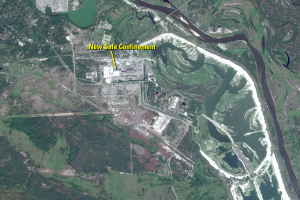
Wildlife
Earth Resources Observation and Science (EROS) Center - Earthshots
The exclusion zone is not officially a wildlife preserve, but with virtually no human intervention in the 1,600-square-mile zone since the accident, wildlife is prospering. Studies with automated cameras have spotted bison, boars, wild horses, beavers, badgers, red foxes, deer, moose, and wolves. Gray wolves are especially abundant. The density of gray wolves there is higher than it is even in Yellowstone National Park.
If there are radiation effects on animal populations in the exclusion zone, they are overshadowed by the lack of human intervention in the zone. In short, animals are free to thrive when there are no humans hunting them, building on the land, or hitting them with cars.

